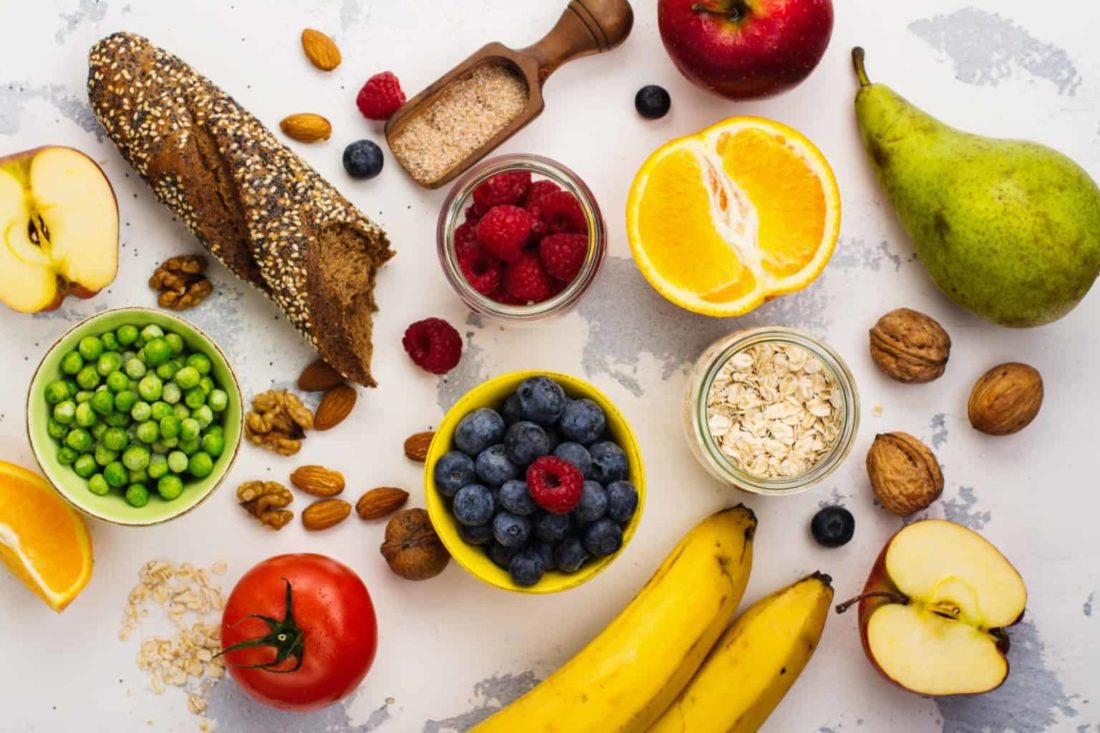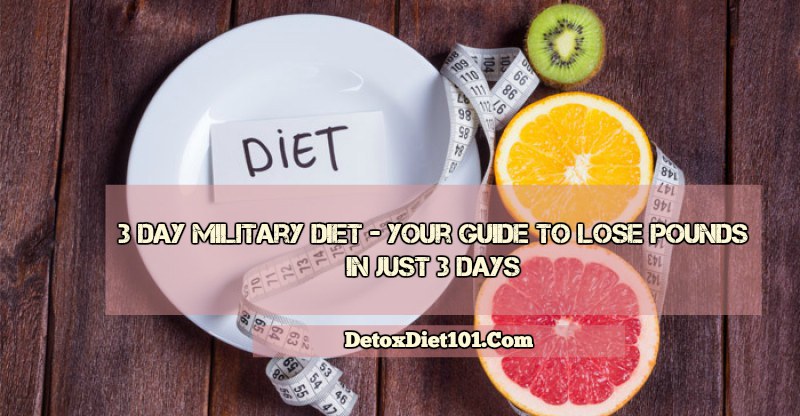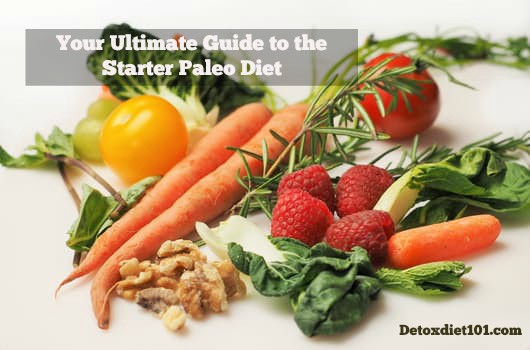A low-residue diet is an impermanent low-fiber nourishment plan, intended to give the stomach-related framework a rest.
The term ‘buildup’ alludes to any strong substance that ends up in the internal organ after assimilation, which incorporates undigested and unabsorbed food (comprising for the most part of dietary fiber), microorganisms, and gastric discharges.
What Is A Low Residue Diet?
The primary reason for a low-residue eating plan is to diminish the size and recurrence of solid discharges to ease difficult manifestations. The breaking point is the utilization of food varieties that your body can’t process as expected not to aggravate an aroused gut.
It restricts high-fiber food varieties, similar to entire grain bread and oats, nuts, seeds, crude or dried organic products, and vegetables.
“Residue” is undigested food, including fiber, that makes up stool. The objective of the eating regimen is to have fewer, more modest solid discharges every day. That will ease manifestations like the runs, bulging, gas, and stomach squeezing.
Benefits Of A Low–Residue Diet
- diminish the defecations by eliminating food varieties that are ineffectively processed
- diminish the measure of stool your body produces
- ease stomach agony, loose bowels, and different manifestations
- facilitate the measure of work your stomach-related framework isn’t doing
List of foods that you can eat on Low–Residue Diet
The total rundown of food sources that are permitted on this sustenance plan might change from one individual to another and ought to be checked and accumulated by your primary care physician. Here are items that are for the most part permitted on a low-fiber diet:
- White bread without any nuts or seeds
- White rice, plain white pasta, and wafers
- Refined hot oats, and cold cereals with under 1 gram of fiber for every serving
- Flapjacks or waffles produced using white refined flour
- Generally canned or all-around cooked vegetables without skin or seeds (e.g., beets, beans, carrots, cucumber, eggplant, mushrooms, and so forth)
- Natural products without strips or seeds and certain canned or very much cooked organic products (e.g., stripped apples, seedless stripped grapes, banana, melon, and so forth)
- Crude, ready bananas, melon, melon, watermelon, plums, peaches, and apricots
- Crude lettuce, cucumbers, zucchini, and onion
- Cooked spinach, pumpkin, seedless yellow squash, carrots, eggplant, potatoes, and green and wax beans
- Delicate meat, poultry, fish, tofu
- Milk and dairy items (yogurt, pudding, frozen yogurt, cheeses, acrid cream) — whenever endured
- Spread, margarine, oils, and salad dressings without seeds
- Eggs
After a colonoscopy, you’ll eat and drink things that are delicate on your stomach-related framework. Drinking heaps of liquid and liquid-based food varieties will assist you with staying away from parchedness.
Your primary care physician may likewise suggest you follow a delicate, low-residue diet following the methodology. This comprises a restricted measure of dairy, in addition to low-fiber food varieties which are not difficult to process and deliver less stool.
Food varieties and beverages to have the day after your colonoscopy include:
Drinks with electrolytes
- water
- organic product juice
- vegetable juice
- homegrown tea
- saltine wafers
- graham saltines
- soup
- fruit Juice
- fried eggs
- delicate, cooked vegetables
- canned organic products, like peaches
- yogurt
- Jell O
- popsicles
- pudding
- pounded or heated potato
- white bread or toast
- smooth nut margarine
- delicate white fish
- creamy fruit spread
How low residue diet is better than other diet plans
Contrasted with your run-of-the-mill diet, you might feel your food decisions on a low-residue diet are restricted and tasteless.
That is valid and keeping in mind that may be disillusioning, it’s important for why the eating regimen attempts to assist you with overseeing gastrointestinal side effects.
Work with your primary care physician and a dietitian to make a feast plan that tends to your side effects, inclinations, and wholesome requirements. The more you are on a low-residue diet, the harder it becomes to remain appropriately sustained.


